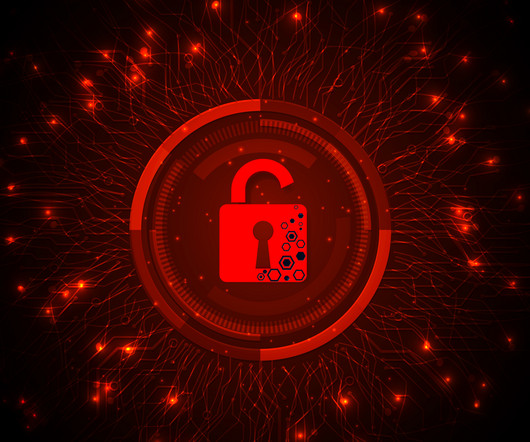34 Most Common Types of Network Security Protections
eSecurity Planet
MARCH 17, 2023
Whether you’re operating a global enterprise network or a small family business, your network’s security needs to be optimized with tools, teams, and processes to protect customer data and valuable business assets. Many of these tools protect resources connected to networks, thus shutting down threats as early as possible.












Let's personalize your content